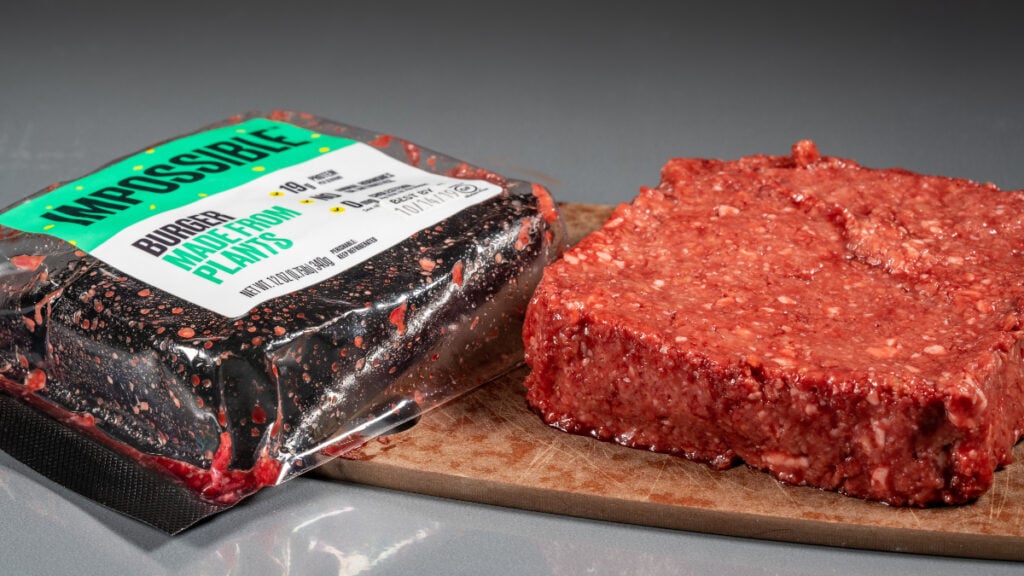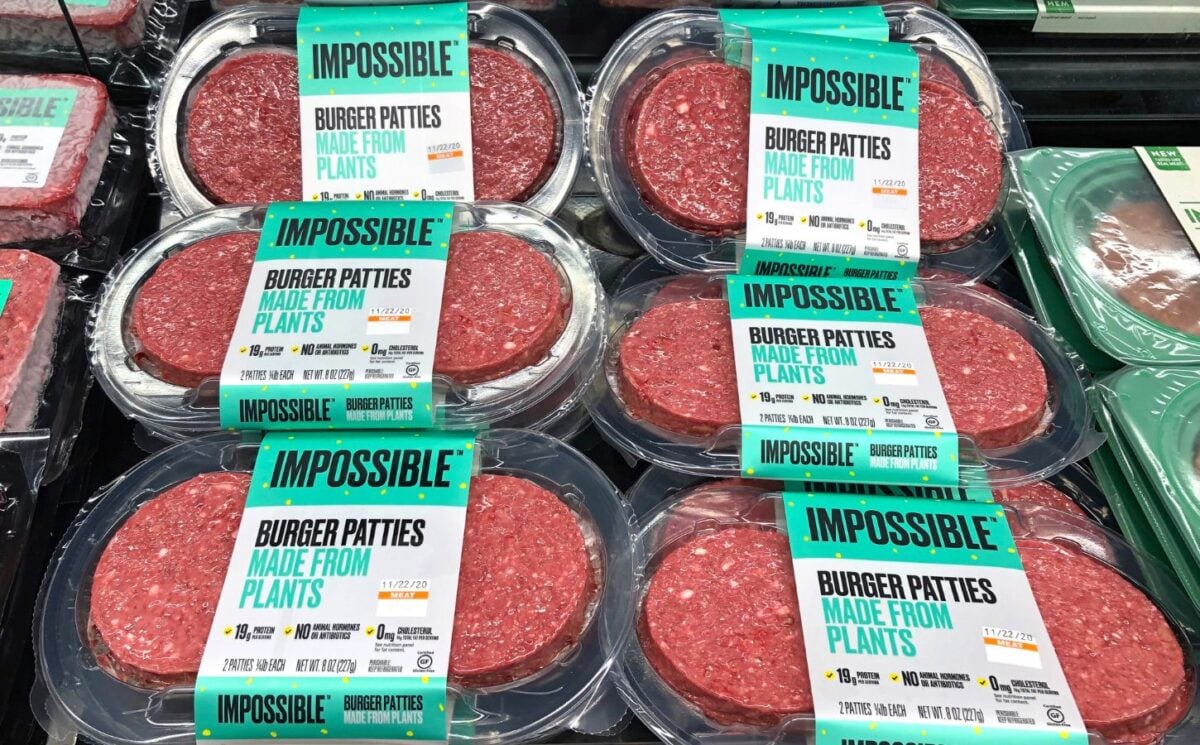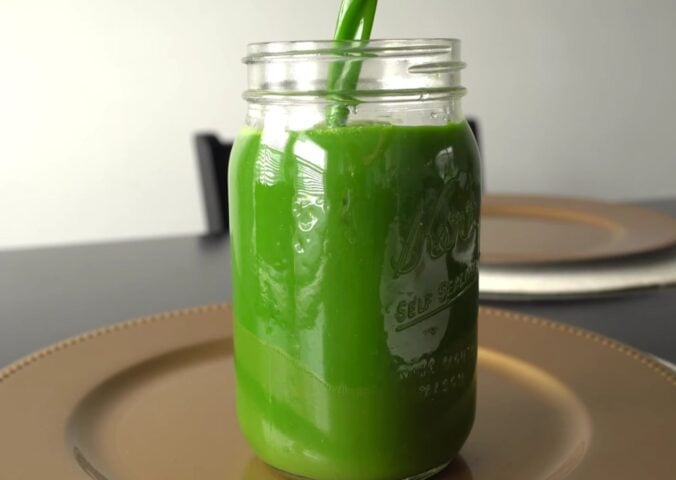The Impossible Burger is one step closer to the European market after passing its first safety test.
Read more: Is The Impossible Burger Vegan? The Debate Explained
The European Food Safety Authority (EFSA) has said an additive used in the burger – named soy leghemoglobin – is safe to eat. Impossible Foods, which is based in California, used precision fermentation to create this “heme,” which gives the burger a “bleeding” appearance reminiscent of meat.
While the Impossible Burger is not yet cleared for sale in the EU, this news means it has passed the first round of approval hurdles. It will now undergo further checks before being cleared for market.
Read more: Hot Dog Eating Champ Barred From Major Competition After Impossible Foods Partnership
Why heme?

Heme is an iron-containing molecule that is abundant in animal muscle, contributing to the taste and texture of meat. Impossible Foods has previously described its own plant-based heme as the “magic ingredient” in its beef products.
The company produces heme by genetically engineering yeast with the gene soy leghemoglobin, which comes from soy plants. This modified yeast is then cultivated in fermentation tanks, where it produces heme. After fermentation, the heme is extracted and purified to be used in Impossible Foods’ range of beef products.
Impossible burgers are widely renowned for their realistic taste and appearance. As well as vegans and vegetarians, one of the company’s key markets is flexitarians (those who eat meat occasionally). Impossible Foods has been actively targeting meat eaters in recent marketing campaigns. In a commercial released earlier this year, the company stated that it was “solving the meat problem with more meat.” According to Impossible, its products provide a “great-tasting solution” to the environmental and ethical problems of meat consumption.
Impossible products are sold in North America, Australia, Singapore, and New Zealand (Aotearoa). Impossible burgers launched in the UK in 2022, but these products do not contain the heme, as this ingredient has not yet been approved in the country.
Read more: Impossible Foods Targets Meat-Eaters With New Red Branding






